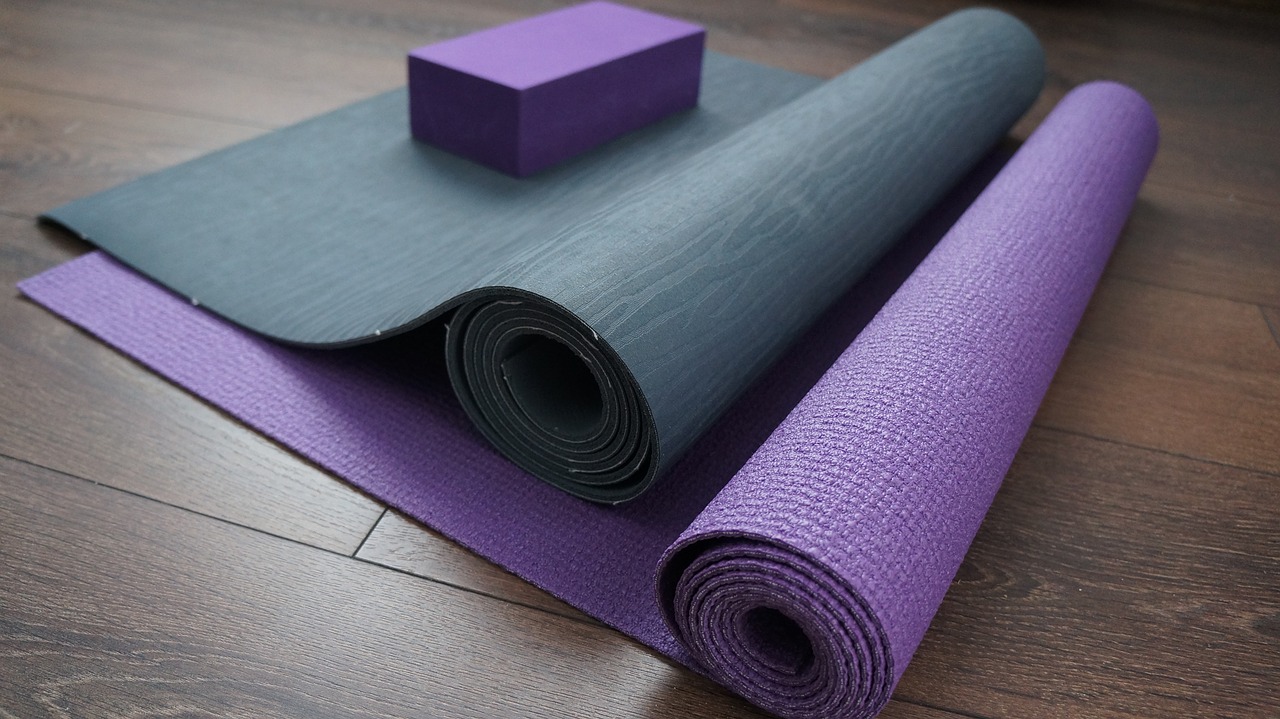
The joys and benefits of senior pet ownership are nearly endless. Animals have been shown to help reduce stress, increase physical activity, and improve social interaction, especially for the elderly. There is plenty of evidence to suggest that pets offer several health benefits including lower blood pressure. Companionship becomes increasingly important as we age, but getting out of the house to meet friends and family can be difficult. If this is the case, introducing an animal to your home can be a wonderful idea.
When it comes to adopting a pet into a senior-centric home, it can be difficult to know which companion to choose. Below, you will find four low maintenance but highly sociable pets to consider if you’re trying to expand your household.
Hermit Crabs
Hermit crabs are funny little animals. While easy to take care of, they are highly active and social creatures, making them an excellent pet for those who want to expend little effort for a high reward. Most people who own hermit crabs end up buying two or more of the little crustaceans, as they thrive in social settings and can be incredibly fun to watch. When properly cared for, hermit crabs can live for up to 30 years. Care includes daily misting, enough sand to dig in, rocks to climb, and places to hide.
Hamsters
Hamsters can be a great addition to a senior household. They are fun, active, and low maintenance. Hamsters can easily entertain themselves when provided a variety of toys, and they don’t need any companions of the same species. While they will need their cages cleaned regularly, this type of routine can be especially helpful to seniors. Hamsters are usually nocturnal, which means they may be asleep for most of the day. However, if you like to get up early in the morning, you’ll greet your day with a fuzzy little friend.
Ferrets
Ferrets are affectionate, energetic, and intelligent pets. A lot like cats, these animals are independent and curious. When trained properly, ferrets are extremely loyal and low maintenance, making them an excellent addition to your senior family. They typically live for between 6 and 13 years, require an annual veterinary check-up, and can eat most foods that have a high meat protein content. Importantly, they don’t need to be walked or taken outside, which makes them a good choice for seniors with limited mobility. If you’re looking for a smart, funny, and independent animal, a ferret is an excellent option.
Cats
Cats can be extremely social, intelligent, and affectionate animals. They come in a range of sizes, personalities, and temperaments, making them a wonderfully versatile addition. Crucially, cats are often very independent, which means they will not need the constant care a dog or hedgehog requires. If something happens – an impromptu trip, an emergency doctor’s visit, or a sudden change in lifestyle – cats will fare very well.
Dogs
You want to consider your activity and fitness level when deciding which pet to be a companion. Dogs can keep seniors active and engaged in their communities, but they also require a lot more physical strength and endurance. Some smaller dog breeds are better known than others for thriving with a sedentary lifestyle. By contrast, a hermit crab needs almost no care, but you won’t reap the same social and emotional rewards. Finding a balance is crucial.
Other Considerations for Senior Pet Selection
When thinking about pet possibilities, you’ll want to reflect on your lifestyle and daily routine. You should also think about travel options with a pet, especially if you have family in other parts of the country or if you ride public transportation a lot.
While most airline pet policies are friendly to service and emotional support dogs, some breeds don’t fare well on planes or are banned outright. Larger dogs will have to fly in the cargo hold; smaller dogs can travel in the cabin. Amtrak trains, Greyhound buses, and many types of public transit have generous pet transportation policies but may require pets to stay inside a travel carrier.
No matter which animal you choose, adopting a pet as a senior can be a life-changing experience. If you’re thinking seriously about getting a pet, consider your ability, travel likelihood, and budget, then talk to an experienced veterinarian about the best pet for your lifestyle.

